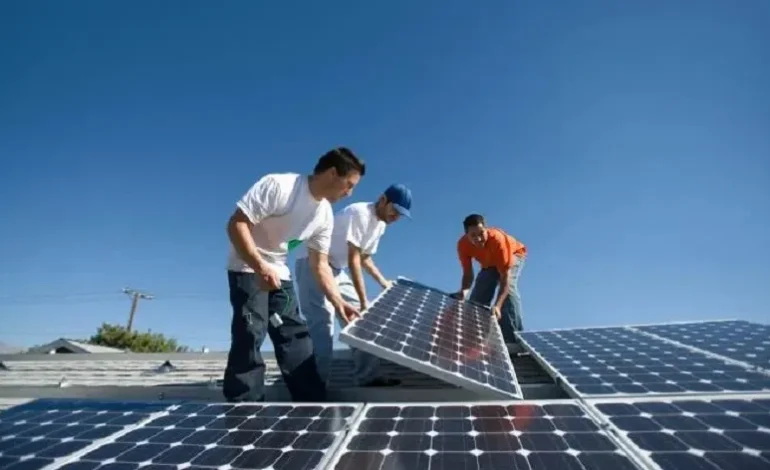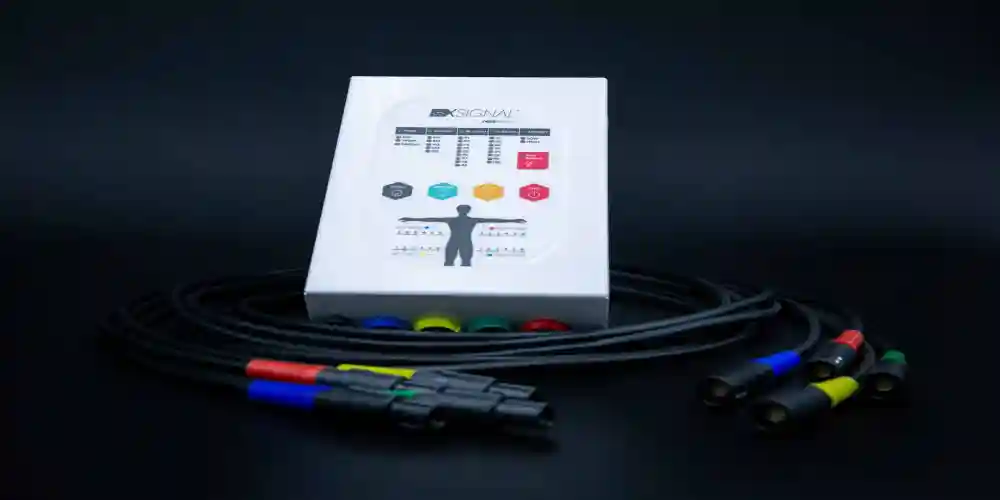
Solar Panel Installation in Historical Districts: Preserving the Past, Embracing the Future
Historical districts are cherished for their rich architectural heritage, preserving a glimpse of the past for future generations to appreciate. However, as the world grapples with climate change and the need for sustainable energy sources, there is a growing interest in integrating modern technologies like solar panels into these historical areas. Balancing the preservation of the past with the embrace of a sustainable future is a complex challenge that requires thoughtful planning and collaboration. In this article, we will explore the unique considerations, benefits, and strategies involved in solar panel installation in historical districts.
The Challenge of Historical Preservation
Historical districts are often characterized by their well-preserved buildings, architectural details, and cultural significance. These areas hold immense value, both as cultural landmarks and as tourist attractions. Preserving their unique character is of paramount importance, making any modifications or additions a delicate undertaking.
When it comes to solar panel installation, historical districts face several challenges:
- Aesthetic Impact: Solar panels, especially on rooftops, can alter the visual appeal of historical buildings. Striking a balance between aesthetics and sustainability is crucial.
- Structural Integrity: Historical buildings may have fragile or aging structures that require special attention when installing solar panels to ensure they do not cause damage or compromise the integrity of the structures.
- Regulatory Compliance: Historical districts are often subject to strict preservation regulations and guidelines that govern any alterations to buildings. These regulations can make solar panel installation a complex process.
- Community Sensitivity: Residents and businesses within historical districts may be resistant to changes that could affect the character of their neighborhood.
- Financial Considerations: Retrofitting historical buildings with solar panels can be costlier and more challenging than on newer structures.
Benefits of Solar Panels in Historical Districts
Despite the challenges, there are compelling reasons to consider solar panel installations in historical districts:
- Sustainability: Solar panels contribute to reduced carbon emissions, providing historical districts with a means to embrace sustainable practices and reduce their environmental impact.
- Energy Efficiency: Solar panels can help historical buildings become more energy-efficient, reducing utility costs and making them more economically viable.
- Preservation Funding: Some historical preservation grants and incentives support the integration of energy-efficient technologies like solar panels, providing financial assistance to property owners.
- Community Engagement: Solar projects can foster community involvement and awareness about the importance of preserving historical districts while addressing modern energy needs.
- Educational Opportunities: Historical districts can use solar panel installations as educational tools to showcase the integration of renewable energy technologies in historic settings.
Strategies for Solar Panel Installation in Historical Districts
To successfully navigate the installation of solar panels in historical districts, the following strategies should be considered:
- Collaboration: Engage with historical preservation organizations, local authorities, and community stakeholders to gain their support and input throughout the planning process.
- Aesthetic Integration: Seek creative solutions to minimize the visual impact of solar panels. Panels can be installed on less visible sections of buildings or designed to mimic traditional roofing materials.
- Structural Assessment: Conduct thorough structural assessments of historical buildings to ensure they can safely support the weight of solar panels and associated equipment.
- Customized Designs: Work with architects and solar panel installers who specialize in historical preservation to create custom designs that respect the architectural integrity of the buildings.
- Regulatory Compliance: Understand and adhere to the preservation guidelines and regulations governing historical districts. This may involve seeking variances or exemptions where necessary.
- Transparent Communication: Maintain open and transparent communication with the community, addressing concerns and providing information about the benefits of solar installations.
- Use of Integrated Technologies: Consider integrating solar panels with other energy-efficient technologies like smart windows, insulation, or heating and cooling systems to maximize energy savings.
Case Study: Solar Integration in a Historic District
Imagine a historical district with well-preserved 19th-century buildings, each with its unique architectural style. The district sought to address its growing energy needs while preserving its historical character. To achieve this, the following steps were taken:
- Collaboration: Local authorities, historical preservationists, and property owners collaborated to form a committee dedicated to sustainable preservation.
- Architectural Integration: Architects specializing in historical preservation were engaged to design solar panel installations that seamlessly blended with the buildings’ aesthetics. This involved using solar panels with a slate-like appearance on rooftops and custom-designed solar shading elements.
- Structural Assessment: Engineers conducted structural assessments to ensure the buildings could support the weight of solar panels. Reinforcements were made where necessary.
- Regulatory Compliance: The committee worked closely with city officials to gain approval for the solar installations. Some variances were granted, allowing for the unique integration of solar panels while respecting historical guidelines.
- Community Engagement: Information sessions were held to educate residents and business owners about the benefits of solar energy and how it aligned with the preservation of their beloved historical district.
The results of these efforts were significant:
- Solar panel installations reduced the district’s energy consumption and utility costs.
- The solar panels were discreetly integrated into the historical buildings’ design, maintaining their visual appeal.
- The community embraced the project as a testament to their commitment to sustainability and preservation.
Conclusion
Solar panel installation in historical districts presents a unique challenge that combines the preservation of the past with the embrace of a sustainable future. While it requires careful planning, collaboration, and adherence to regulations, the benefits of this integration are substantial. By seamlessly incorporating solar panels into historical buildings and educating communities about the importance of sustainability, historical districts can preserve their cultural heritage while contributing to a cleaner, greener future. This harmonious coexistence of tradition and technology serves as a model for sustainable urban development and historical preservation.




